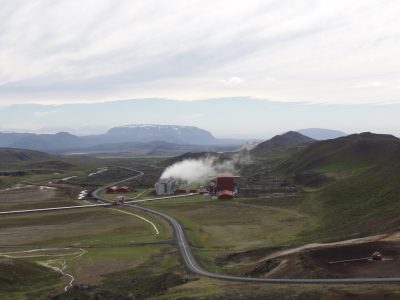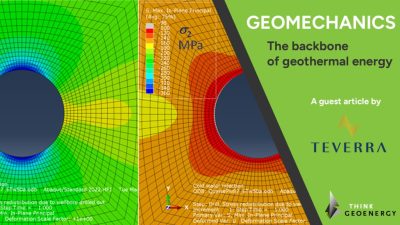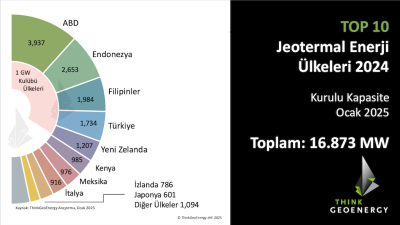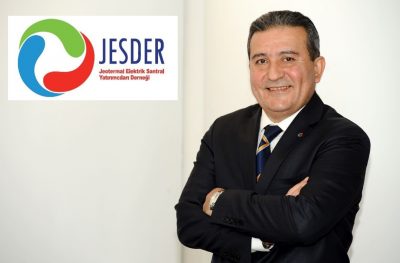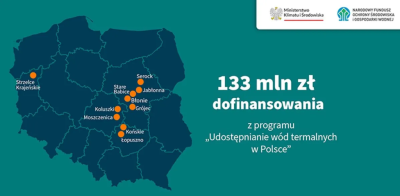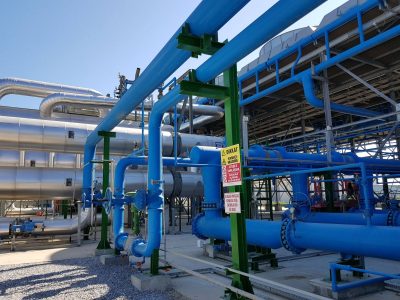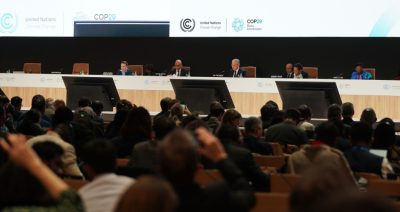GEA GRC Press conference on value of geothermal to U.S. power market
At press conference, the U.S. Geothermal Energy Association (GEA) and the Geothermal Resources Council (GRC) highlight key findings of its new joint report on the value of geothermal energy to the U.S. power markets supported by a number of key industry representatives from the U.S.
Following up on the release of a joint report by the Geothermal Energy Association (GEA) and the Geothermal Resources Council highlighting the value of geothermal energy in the renewable power market in the U.S. today, both organizations held a press conference yesterday.
To listen to the recording of the press conference click here (49:35 minutes)
As states, such as California, move ahead with more aggressive Renewable Portfolio Standards (RPS) and seek to reduce greenhouse gas emissions, state officials are finding they need to consider the full value of the power sources they use. This review is critical to ensure that consumers get the most affordable overall system cost, and recognize the many different reasons for choosing clean power sources.
The Geothermal Energy Association (GEA) and Geothermal Resources Council (GRC) have released this new joint report titled “The Values of Geothermal Energy: A Discussion of the Benefits Geothermal Power Provides to the Future U.S. Power System.” Prepared by Ben Matek, GEA’s Industry Analyst, and Brian Schmidt, Librarian, GRC, the new report documents the many benefits of geothermal power. “Geothermal power offers both firm and flexible solutions to the changing U.S. power system by providing a range of services including but not limited to baseload, regulation, load following or energy imbalance, spinning reserve, non-spinning reserve, and replacement or supplemental reserve,” the report begins.
Looking beyond the benefits to the power system, the report also summarizes other key benefits of geothermal power including economic and environmental benefits. “We are often asked about the full range of services and benefits available from geothermal,” Matek said. “So, we decided to join with GRC and put out a white paper that addresses these questions.”
“This is a timely report,” said Karl Gawell, GEA’s Executive Director. “The California PUC recently noted active questions before policy makers in California and elsewhere, specifically: ‘how increasing amounts of intermittent generation are impacting grid reliability, quantifying the impact and benefits of various resources to integrate intermittent generation, and what new policies should be adopted to manage the changing electric grid.’
As the report indicates, these questions are gaining in importance as the United States expands its renewable power production, which today means “generating approximately 14% of the electricity” nationwide. Much of this is coming from wind and solar photovoltaic technologies that rely heavily on the prevailing weather conditions in order to generate power. “Geothermal energy is a renewable power source that can provide baseload and flexible power, quickly adjusting to fit the needs set by variable renewable energy technologies,” the report states.
The report is available at http://geo-energy.org/reports/Values of Geothermal Energy Draft Final.pdf







